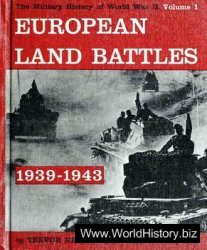The Mongol traditions weakened under Ghazan, as his conversion to Islam, and forced conversion of others (see page 40), led to a greater Muslim influence among the ruling class. The government, however, was not always united, and followers of the two main branches of Islam later struggled for influence.
One of Ghazan’s major domestic goals was reforming the government’s impact on the local economy. By some accounts, Mongol rule in Persia had led to cruelty and mismanagement. In some cities, Mongol raids had left half of all the homes empty, the residents dead or forced to flee. Taxes on commerce made it difficult for the towns and cities to rebuild. Ghazan wanted to fix tax rates so everyone knew what they owed and
Local princes could not demand higher payments for themselves. He also introduced a new coinage system and tried to improve the jam message system, which was similar to the one used in China. Ghazan encouraged farmers to return to land that had been abandoned, and he tried to improve the system for paying the army. He gave his commanders land that was supposed to be used to support the troops. In the Islamic world, rulers and other wealthy people sometimes create a waqf, which sets aside revenue from land or a business enterprise to maintain mosques and for charitable works. Ghazan created new land waqfs and used the money to help the elderly and sick.
Some historians believe Ghazan’s changes did have some positive effect, especially in improving peasants’ lives. Others, however, are not sure how deeply the reforms truly changed life for the overtaxed peasants. And after Ghazan’s death, the Mongol princes who had lost power because of his reforms once again resumed control, leading to more economic stress.
As in China, Ilkhanate merchants took part in a vast trade network that linked Asia with Europe and North Africa. Some towns were famous for specific products: Shiraz, for example, was a center for iron works and wool weaving, while Isfahan was noted for its silk and cotton. (Both cities are located in modern-day Iran.) Other cities prospered with markets, called bazaars, set up to take advantage of the Mongols’ movement between summer and winter camps.




 World History
World History









